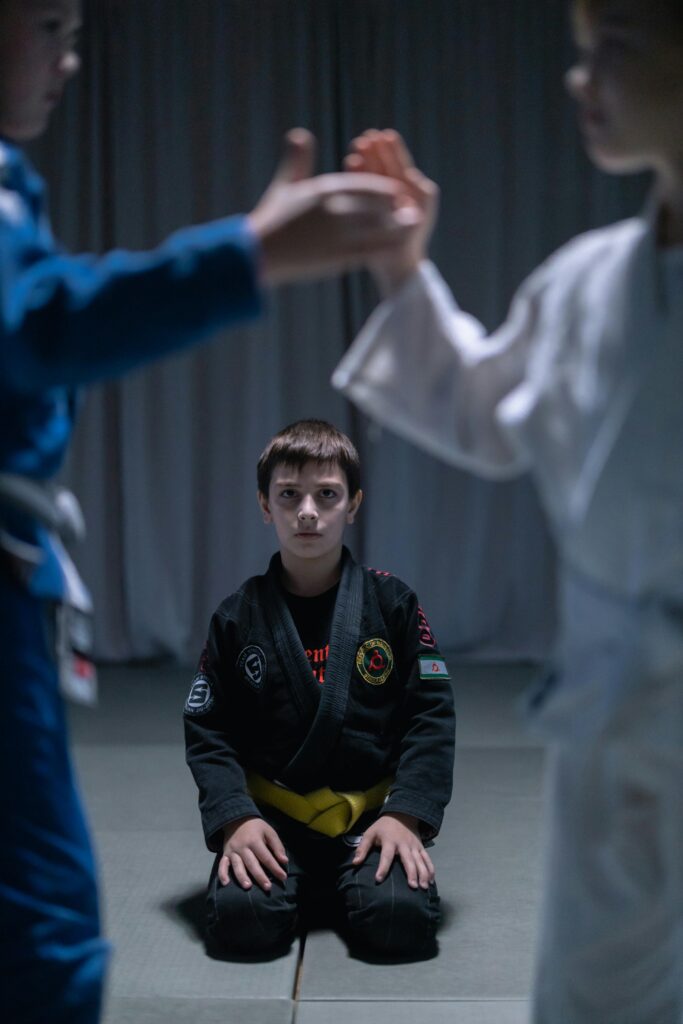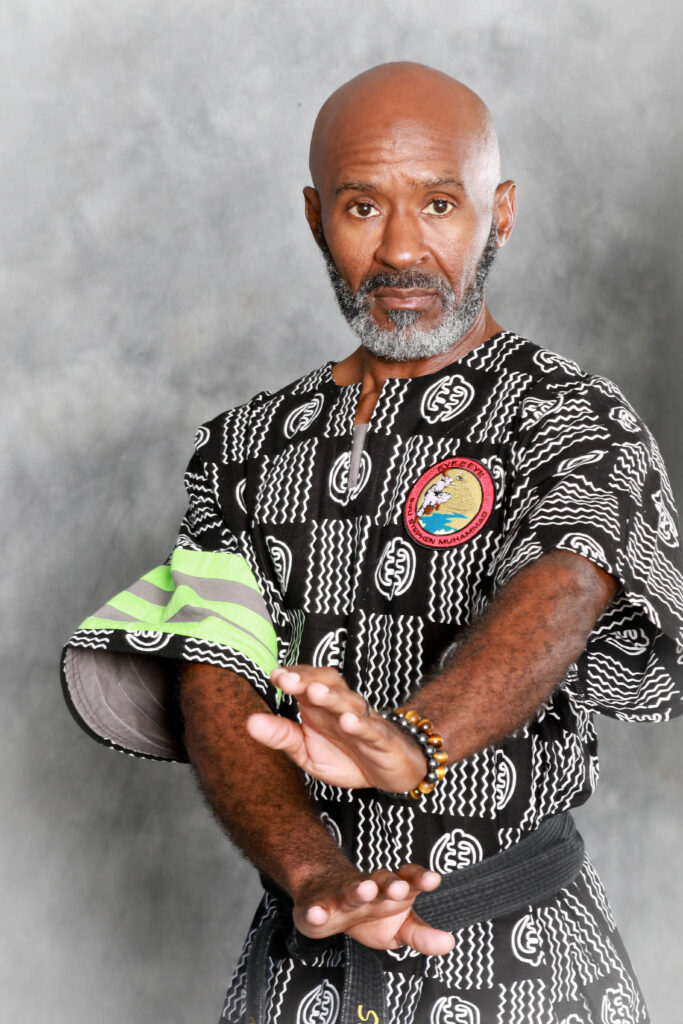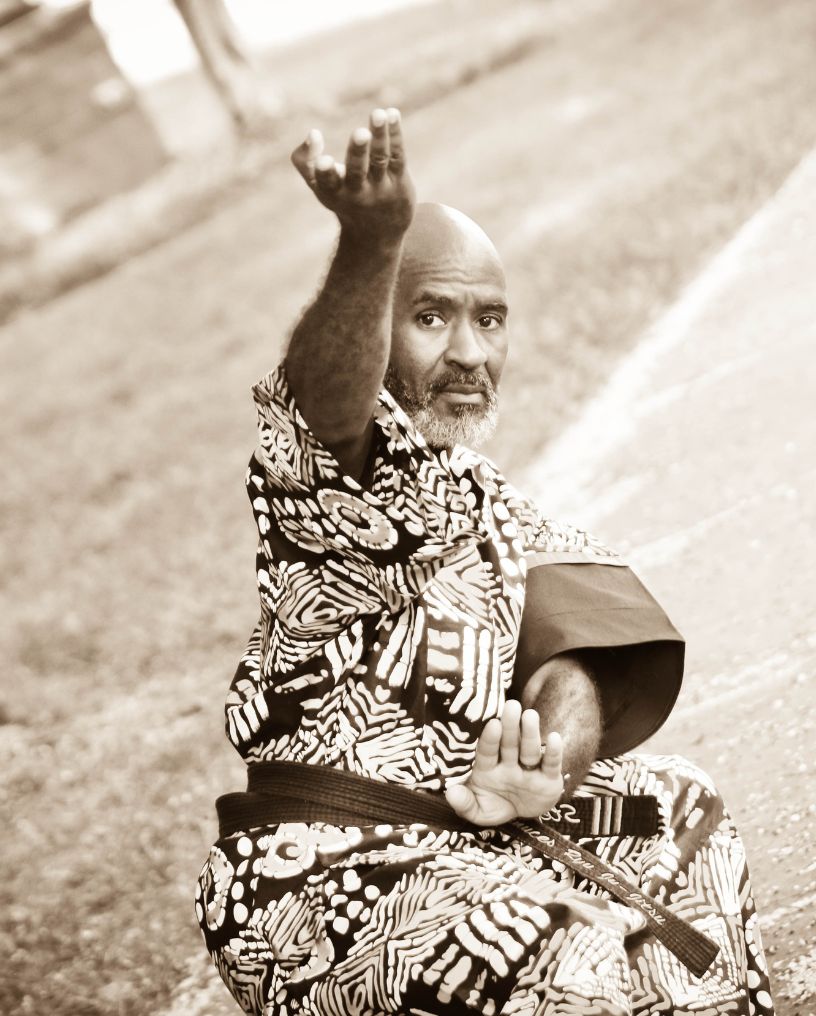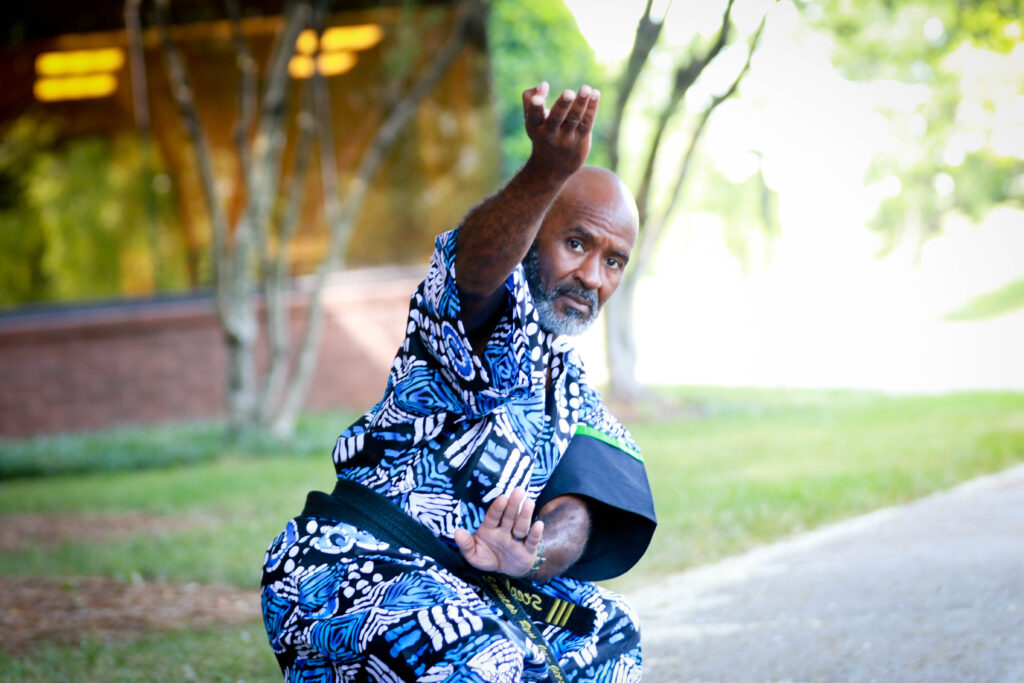No one plans for a confrontation, but unexpected situations can arise in an instant. Knowing how to defend yourself from getting jumped starts with staying calm and learning how to de-escalate tension effectively.
Your safety relies on being aware of your surroundings, communicating wisely, and thinking on your feet. Mastering these skills helps you avoid danger and take control of risky situations before they escalate.
Let’s explore practical strategies to recognize threats and handle public confrontations with confidence.
Recognizing Potential Threats
The first step to staying safe is recognizing when a situation might escalate. Being aware of your environment and the people in it is crucial to staying ahead of potential risks. Let’s break down how to identify warning signs and respond proactively.
Signs to Watch for in Public Spaces
You don’t need special training to pick up on signals that something is wrong. Watch for behaviors like pacing, which can indicate nervousness or agitation, or sudden movements, which might show a person gearing up for an action.
Someone standing too close, especially if they move into your personal space without a reason, is another red flag. Pay attention to body language like clenched fists or a tense jaw, as these are often subtle signs of aggression.
Evaluating Your Surroundings
A quick look around can tell you a lot about your level of safety. Start by locating exits and noting places where other people or security personnel are present.
If you’re in a quieter setting, such as a parking lot or side street, make mental notes of any potential safe zones, like open shops or restaurants.
Even in crowded areas, being mindful of pathways and barriers helps you plan your moves in case you need to act quickly.
Trusting Your Intuition
Sometimes, your gut will notice things before your mind does. If you feel uneasy or sense danger, trust that instinct and adjust your actions.
Shift your position to a more secure spot, move closer to a group of people, or leave the area entirely if needed. It’s better to err on the side of caution than to ignore your instincts and regret it later.
Effective Communication to Prevent Escalation
Words and actions hold incredible power in tense situations. Using them wisely can mean the difference between calming a confrontation and letting it spiral out of control. Let’s explore how effective communication can keep you safe.
Maintaining a Calm and Composed Demeanor
How you present yourself plays a significant role in setting the tone for any interaction. A calm, steady voice combined with relaxed body language can diffuse tension before it builds.
When you breathe deeply and maintain a composed demeanor, it signals to others that you are in control. This not only reassures you but also makes it harder for anyone to escalate the situation further.
Using Non-Threatening Language and Gestures
What you say matters just as much as how you say it. Neutral phrases like, “Let’s figure this out,” or, “I don’t want trouble,” show a willingness to resolve things peacefully.
Avoid pointing or waving your hands too much, as these movements can be misunderstood as aggressive. Small, deliberate gestures, like open palms or a slight nod, convey calmness and help de-escalate tension.
Setting Boundaries Firmly but Respectfully
If someone’s actions make you uncomfortable, clear and direct communication can create the space you need. A simple statement like, “Please step back,” in a steady tone, shows confidence without provoking further aggression.
Maintain eye contact to reinforce your words, but avoid glaring, which could come across as challenging.
Knowing When to Walk Away
Sometimes, the smartest choice is to remove yourself from the situation entirely. If talking doesn’t work or the tension is rising, back away slowly and calmly.
Keep your hands visible to show that you mean no harm, and head toward a safer location. Walking away isn’t giving up—it’s prioritizing your safety.
Physical Safety Strategies in Public
While communication and awareness are essential, you should also be ready to protect yourself if necessary. These strategies focus on keeping distance and avoiding harm while staying in control.
Positioning Yourself Strategically
Your position can greatly influence your ability to stay safe. Try to stand in areas where you have clear visibility and easy access to exits. Avoid letting anyone box you in or corner you.
When possible, keep your back to a wall or other solid surface. This limits how someone can approach you and gives you the advantage of seeing everything happening around you.
Protecting Yourself Without Escalating
Your voice can be a powerful tool for self-protection. A loud, firm statement like, “Stay back!” or, “Don’t come any closer!” grabs attention and sends a clear message.
Combining this with a defensive posture—hands up and palms facing outward—shows you’re prepared to defend yourself without provoking further aggression.
Utilizing Everyday Objects as Barriers
The items you carry every day can be surprisingly useful in protecting yourself. A bag, jacket, or even a water bottle can serve as a physical barrier between you and a potential attacker.
Hold these items up to block an aggressor or create distance, giving you time to think or escape. For example, swinging a heavy bag can act as both a shield and a deterrent if someone gets too close.
When Physical Defense Becomes Necessary
Sometimes, despite your best efforts, physical defense is unavoidable. If you need to act, focus on simple, effective moves that disrupt your attacker and give you time to escape.
Striking vulnerable areas like the eyes, nose, or knees can incapacitate someone momentarily. Remember, your goal isn’t to fight but to create enough space and time to get away safely.
Practical Tips for Avoiding Confrontations Altogether
Preventing dangerous situations is always the best strategy. By being proactive and mindful of your surroundings, you can significantly reduce the chances of a confrontation. Let’s break down some key habits that help keep you safe.
Choosing Safe Routes and Times
The routes you choose matter more than you think. Stick to well-lit streets where you can see and be seen, and avoid poorly lit shortcuts or secluded areas, especially at night.
When you plan your route, aim for busy streets or areas with open businesses, as these offer safety in numbers. If you must be out late, try to schedule your trips to align with times when public spaces are more active and help is within reach if needed.
Traveling in Groups
Walking with others is a simple but effective way to deter potential threats. Whether you’re out with friends, family, or coworkers, sticking together makes you less vulnerable.
Groups naturally attract less attention from aggressors who often look for isolated targets. If you’re in an unfamiliar area, stay close to your group and maintain a steady pace to avoid appearing lost or uncertain.
Keeping Personal Items Secure
Carrying your belongings discreetly helps you avoid becoming a target. Use a crossbody bag that’s harder to snatch or secure your wallet inside a zipped jacket.
Avoid flashing expensive items like jewelry or electronics, as these can draw unnecessary attention. Being mindful of your possessions is a simple habit that keeps you off the radar of opportunistic individuals.
Developing Exit Strategies
Knowing how to leave a situation quickly and safely can be a lifesaver. Familiarize yourself with exits whenever you enter a public space, whether it’s a store, parking lot, or event venue.
Keep an eye out for safe locations like open businesses or places with visible staff or security personnel. Having a clear plan ensures you can act swiftly if you sense danger, minimizing panic and confusion.
Building Confidence and Self-Efficacy
Feeling prepared is about more than skills—it’s about building the mindset and habits that make safety second nature. Developing your awareness, resilience, and confidence can transform the way you approach any situation.
Training for Situational Awareness
Being aware of your surroundings is a skill you can develop. Situational awareness training helps you recognize risks by teaching you to observe people, environments, and behaviors more closely.
These classes often include practical exercises that make you better at noticing subtle cues and evaluating potential dangers, so you’re always a step ahead.
Practicing De-escalation Techniques
De-escalation isn’t just about knowing what to say—it’s about practicing how to stay calm and composed under pressure. Role-playing with a partner or instructor allows you to simulate real-life scenarios and refine your approach.
The more you practice, the more natural it becomes to handle tense situations with confidence and control.
Building Your Physical and Mental Resilience
Resilience comes from being physically and mentally prepared. Regular exercise doesn’t just improve your stamina and strength; it also boosts your confidence in handling physical challenges.
Combine this with mental practices like deep breathing or mindfulness to reduce stress and sharpen your focus. When you feel strong and calm, you’re better equipped to face anything.
Learning Self-Defense for Emergency Situations
Self-defense is about knowing what to do when all else fails. Practical self-defense classes teach you simple, effective techniques that can help you escape or neutralize a threat quickly.
Programs focusing on realistic scenarios, like martial arts or jiu-jitsu, are great for learning how to protect yourself without relying on brute strength.
These skills are empowering and often life-saving, giving you the confidence to act decisively when it matters most.
The Skills You Need, the Confidence You Deserve
Safety is not about fear; it’s about preparation. By recognizing risks, using smart communication, and understanding simple self-defense strategies, you can navigate public spaces confidently and avoid unnecessary confrontations.
At Eye2Eye Combat, we take preparation to the next level with our Bujutsu Basics classes. These sessions are designed to equip you with practical self-defense techniques and a deep understanding of movement, energy, and control. Whether you’re new to self-defense or looking to refine your skills, there’s no better place to start.
Discover what it feels like to walk into any situation knowing you’re prepared. Join our Bujutsu Basics classes and take the first step toward mastering your safety with skill and confidence.
FAQs
How to deal with getting jumped?
Stay calm and act quickly. If possible, create distance by moving away from the threat. Use your voice to draw attention, shouting for help. If physical action is unavoidable, target vulnerable areas like the eyes or knees to create an opening to escape. Always prioritize getting to safety over fighting back.
How do you protect yourself from being hit?
Keep your hands up to protect your face and head, and try to maintain a safe distance from the aggressor. Use a defensive stance with one foot slightly behind the other for balance and mobility. If possible, block or deflect incoming strikes and look for opportunities to safely disengage.
How to defend on the ground?
The key is to stay calm and protect your vital areas. Use your legs to create space between you and the attacker. If they’re close, aim to control their arms or posture to reduce their ability to strike. Ground defense techniques, like shrimping or rolling, can help you escape or regain control.
What is the best way to defend yourself in a fight?
The best defense is often avoiding the fight altogether. If you must engage, stay composed, keep your guard up, and aim for quick, effective moves to neutralize the threat. Focus on creating an opening to escape rather than prolonging the encounter. Remember, safety and getting away are your top priorities.





